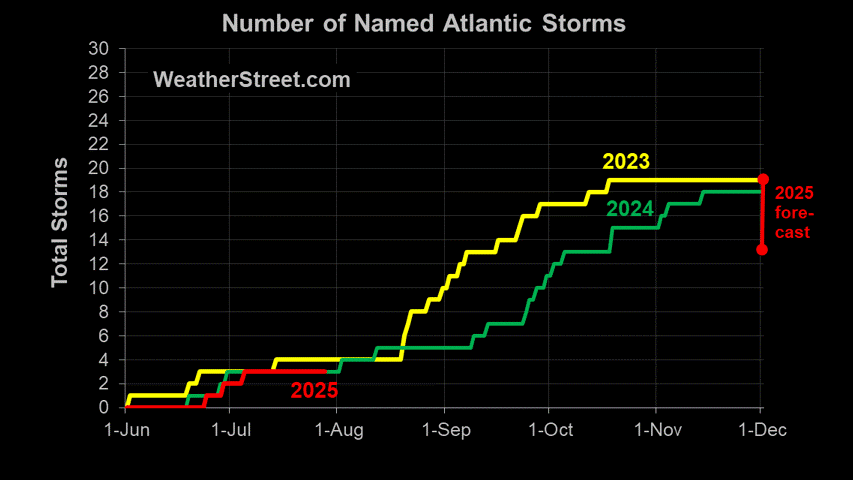Typhoon MELOR set to pound Japan
Typhoon Melor has continued its slow trek towards japan and is is now poised to strile within the next several hours. I am sure that heavy rain and thunderstorms are already drenching the area.
Typhoon melor had reached a super typhoon strength with sustained winds as high as 156 MPH and gusts over 165 MPH. This storm dropped to category 3 strength the other day and has now dropped further to a Cat 2 storm. The full force of these Cat 2 winds are about to ram into the southern coast of the Japanese Island of Honshu.
Additionally, since this storm was so strong for such a long period of time, the storm surge that will hit the island is expected to be much higher than is usually assiciated with a Cat 2 storm. Tropical systems have wave memory. As we saw with Hurricane Ike along the Gulf Coast last year, a strong storm that diminishes close to land will retain the storm surge of the higher category that it once was. Even though the winds have died down, it takes longer for the waves to diminish.
Typhoon Melor to Make Landfall Soon in Japan(AccuWeather)
Typhoon Melor, formerly a super typhoon and now packing Category-2 intensity as of Wednesday morning, EDT, is about to unleash a powerful strike on southern Honshu in Japan. Melor is set to veer northeastward for a landfall upon the southern mainland between Osaka and Tokyo over the next several hours.
Hurricane-force winds, potentially of destructive Category-2 intensity, will lash the area of landfall on the Kii Peninsula of southern Honshu. Although such a track would spare both Tokyo and Osaka the worst of Melor's winds, damaging winds will happen in both metropolitan areas before the storm begins to move away from Japan on Thursday.
Perhaps a greater threat than that of wind, torrential rain will spread over much of theisland nation. Hardest hit southern Japan along and near the direct storm path will be pummeled by rainfall of 10-15 inches, and rainfall could even top 20 inches locally.
Heavy rain means a high risk of mudslides.
Strike probabilities courtesy of Tropical Storm Risk are below:
Storm Alert issued at 7 Oct, 2009 6:00 GMT (12 Midnight EDT)
Typhoon MELOR is forecast to strike land to the following likelihood(s) at the given lead time(s):
Japan
probability for CAT 1 or above is 95% within 12 hours
probability for TS is 100% currently
Red Alert City(s) and Town(s)
Shiono-misaki (33.5 N, 135.8 E)
probability for CAT 1 or above is 95% within 12 hours
probability for TS is 100% within 12 hours
Osaka (34.6 N, 135.5 E)
probability for CAT 1 or above is 70% in about 24 hours
probability for TS is 100% within 12 hours
Nagoya (35.2 N, 136.9 E)
probability for CAT 1 or above is 70% in about 24 hours
probability for TS is 100% within 12 hours
Tokushima (34.1 N, 134.6 E)
probability for CAT 1 or above is 35% within 12 hours
probability for TS is 100% within 12 hours
Yellow Alert City(s) and Town(s)
Saga (33.0 N, 133.0 E)
probability for TS is 100% within 12 hours
Kanazawa (36.8 N, 136.8 E)
probability for TS is 100% in about 24 hours
Tokyo (35.7 N, 139.8 E)
probability for CAT 1 or above is 10% in about 24 hours
probability for TS is 100% in about 24 hours
Obama (35.4 N, 135.8 E)
probability for CAT 1 or above is 20% in about 24 hours
probability for TS is 100% within 12 hours
Shizuoka (35.0 N, 138.5 E)
probability for CAT 1 or above is 25% in about 24 hours
probability for TS is 100% in about 24 hours
Niigata (37.8 N, 139.2 E)
probability for TS is 100% in about 24 hours
Kagoshima (31.5 N, 130.5 E)
probability for TS is 95% currently
Sendai (38.3 N, 140.9 E)
probability for TS is 95% in about 24 hours
Iwaki (37.0 N, 140.8 E)
probability for TS is 95% in about 24 hours
Miyako (39.7 N, 141.9 E)
probability for TS is 90% in about 36 hours
Sakata (39.0 N, 140.0 E)
probability for TS is 90% in about 24 hours
Hiroshima (34.4 N, 132.4 E)
probability for TS is 85% within 12 hours
Akita (39.8 N, 140.2 E)
probability for TS is 85% in about 36 hours
Aomori (40.8 N, 140.8 E)
probability for TS is 75% in about 36 hours
Kumamoto (32.7 N, 130.7 E)
probability for TS is 70% within 12 hours
Matsue (35.4 N, 133.0 E)
probability for TS is 70% within 12 hours
Kushiro (43.0 N, 144.4 E)
probability for TS is 70% in about 36 hours
Note that
Red Alert (Severe) is CAT 1 or above to between 31% and 100% probability.
Yellow Alert (Elevated) is CAT 1 or above to between 10% and 30% probability, or TS to above 50% probability.
CAT 1 means Typhoon strength winds of at least 74 mph, 119 km/h or 64 knots 1-min sustained.
TS means Tropical Storm strength winds of at least 39 mph, 63 km/h or 34 knots 1-min sustained.
For graphical forecast information and further details please visit http://www.tropicalstormrisk.com/
This alert is provided by Tropical Storm Risk (TSR) which is sponsored by UCL, Aon Benfield, Royal & SunAlliance, Crawford & Company and Aon Benfield UCL Hazard Research Centre. TSR acknowledges the support of the UK Met Office.









<< Home